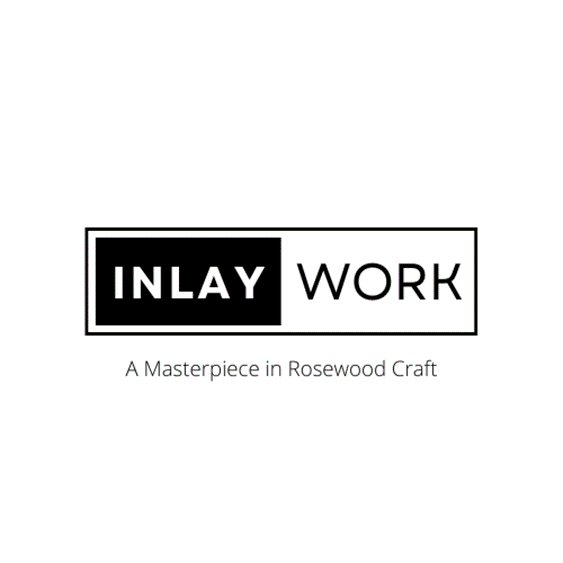Community | People
Light is one of humankind's oldest discoveries, evolving from the primitive use of burning oily nuts in clay saucers to modern-day electric lamps. The need for light dates back to the Iron Age when civilizations relied on simple oil lamps to illuminate their surroundings. Until the 1700s, oil lanterns, oil lamps, and candles were the primary sources of light. The invention of lanterns, in particular, revolutionized how light was used, carried, and protected from external elements. Lanterns offered a practical and decorative way to shield flames, making them portable and safe. Over time, traditional Indian lanterns became a cultural symbol, with each region developing its unique style. In Nasik, Maharashtra, these lanterns evolved into beautiful works of art, reflecting India’s deep-rooted connection to craftsmanship and design.







